Walking your dog should be an enjoyable and stress-free experience for both you and your furry companion. However, if you have a leash-reactive dog, walks can quickly become challenging and even dangerous. Leash reactivity, characterized by excessive barking, lunging, or aggressive behavior towards other dogs or people while on a leash, can be a common issue for many pet owners. In this guide, we’ll explore effective tips and strategies for walking safely with leash-reactive dogs.
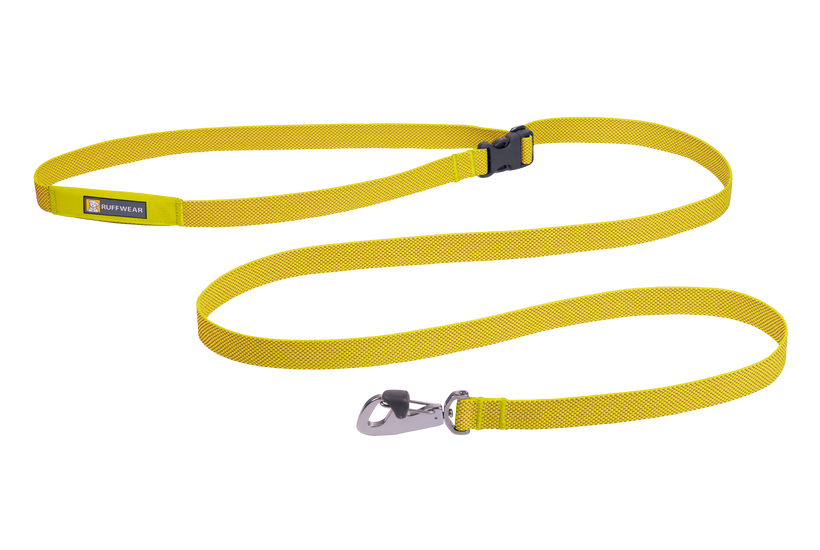
Understanding Leash Reactivity
Identifying Triggers
The first step in addressing leash reactivity is understanding what triggers your dog’s reactive behavior. Common triggers may include other dogs, unfamiliar people, bicycles, or loud noises. Pay close attention to your dog’s body language and vocalizations to identify specific triggers during walks. Understanding your dog’s triggers allows you to anticipate potential reactions and implement appropriate management techniques.
Fear vs. Aggression
It’s essential to distinguish between fear-based reactivity and aggression in leash-reactive dogs. Fearful reactions often stem from past negative experiences or lack of socialization, causing dogs to display defensive behaviors such as barking, cowering, or attempting to flee. On the other hand, aggressive reactions involve intent to harm or intimidate, including growling, snarling, or lunging. Identifying the underlying emotion behind your dog’s reactivity informs your approach to behavior modification and training.
Training and Behavior Modification Techniques
Positive Reinforcement
Utilize positive reinforcement techniques to encourage desirable behaviors and discourage reactive responses in your dog. Reward calm and relaxed behavior with treats, praise, or toys during walks, reinforcing the idea that remaining calm leads to positive outcomes. Redirect your dog’s attention away from triggers using high-value treats or engaging toys, gradually desensitizing them to triggering stimuli while building positive associations.
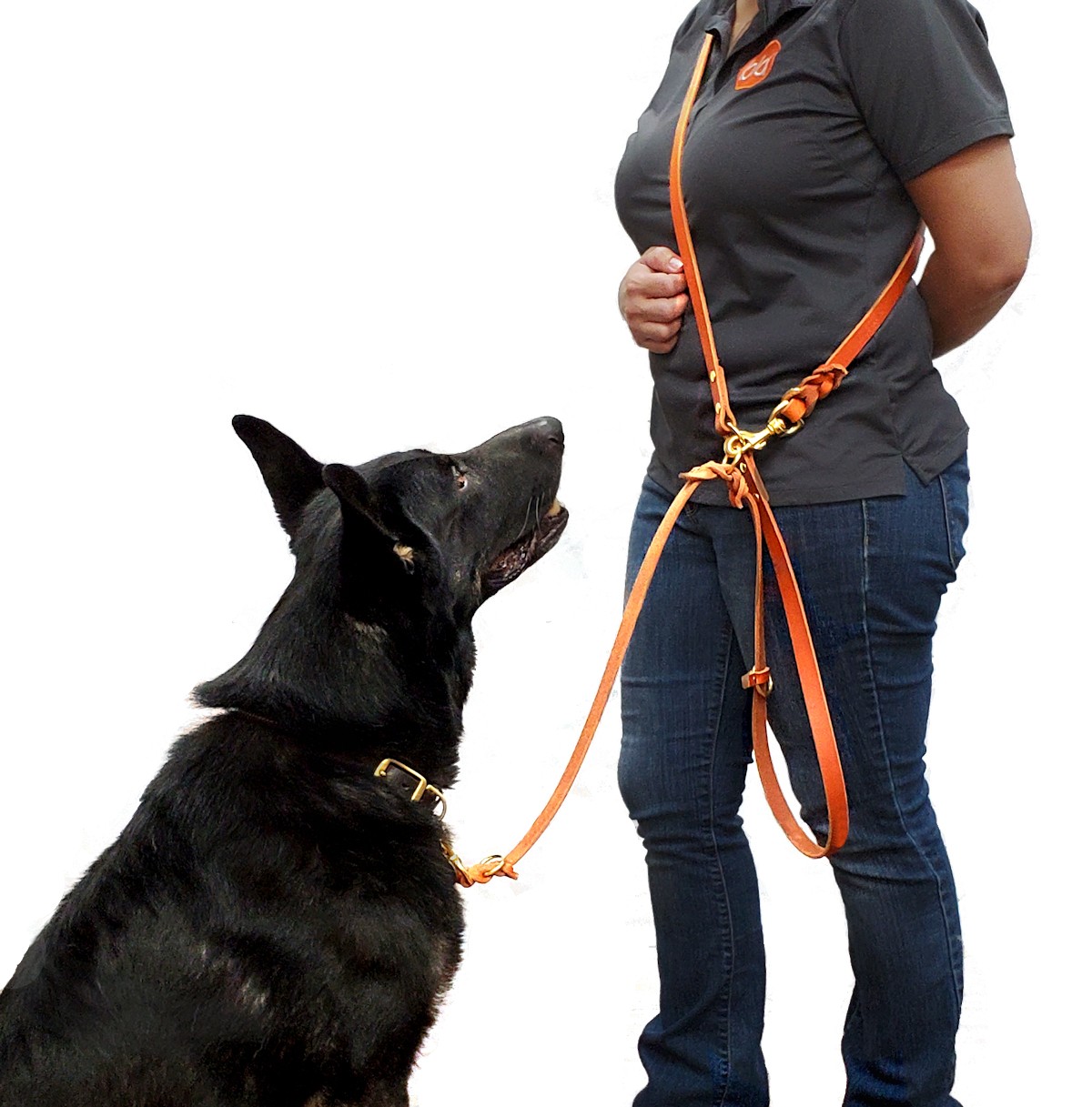
Counterconditioning
Counterconditioning involves changing your dog’s emotional response to triggers by pairing them with positive experiences. When encountering a trigger during walks, immediately redirect your dog’s focus onto you using treats or toys before they have a chance to react negatively. As your dog remains calm and relaxed, reward them generously, gradually shifting their emotional response from fear or aggression to calmness and positivity.
Implementing Management Strategies
Choose Quiet Walking Routes
Opt for quiet and less crowded walking routes to minimize exposure to triggering stimuli and reduce the likelihood of reactive incidents. Choose paths or trails with ample space to maintain distance from other dogs or people, allowing you to control the environment and gradually desensitize your dog to potential triggers at their own pace.
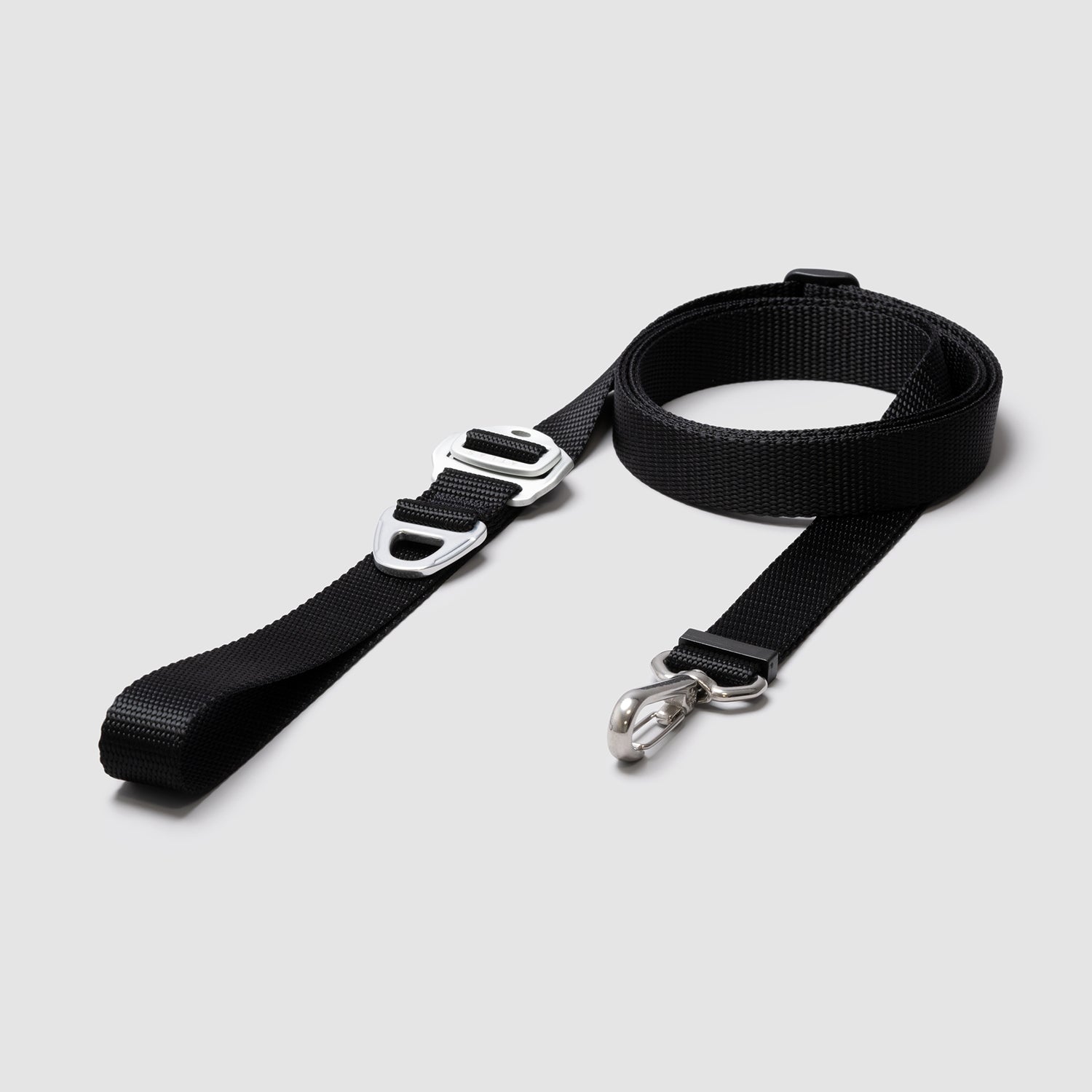
Use Visual Barriers
Utilize visual barriers such as trees, bushes, or parked cars to create distance between your dog and triggering stimuli during walks. By strategically positioning yourself and your dog behind barriers, you can shield them from direct visual contact with other dogs or people, reducing the likelihood of reactive behavior. Visual barriers provide a sense of safety and security, allowing your dog to focus on you rather than external distractions.
Ensuring Safety and Responsiveness
Use Appropriate Equipment
Equip yourself with appropriate walking gear, including a sturdy leash and harness designed for your dog’s size and breed. Choose a front-clip harness or head halter that provides better control and reduces pulling, making it easier to redirect your dog’s attention during walks. Avoid using retractable leashes, as they offer limited control and may exacerbate reactive behavior.
Practice Emergency Recall
Teach your dog a reliable recall command for emergency situations where immediate intervention is necessary. Practice recall exercises in a controlled environment using high-value rewards and gradually increase the level of distractions. A strong recall allows you to quickly redirect your dog’s focus and remove them from potentially volatile situations, ensuring their safety and the safety of others.
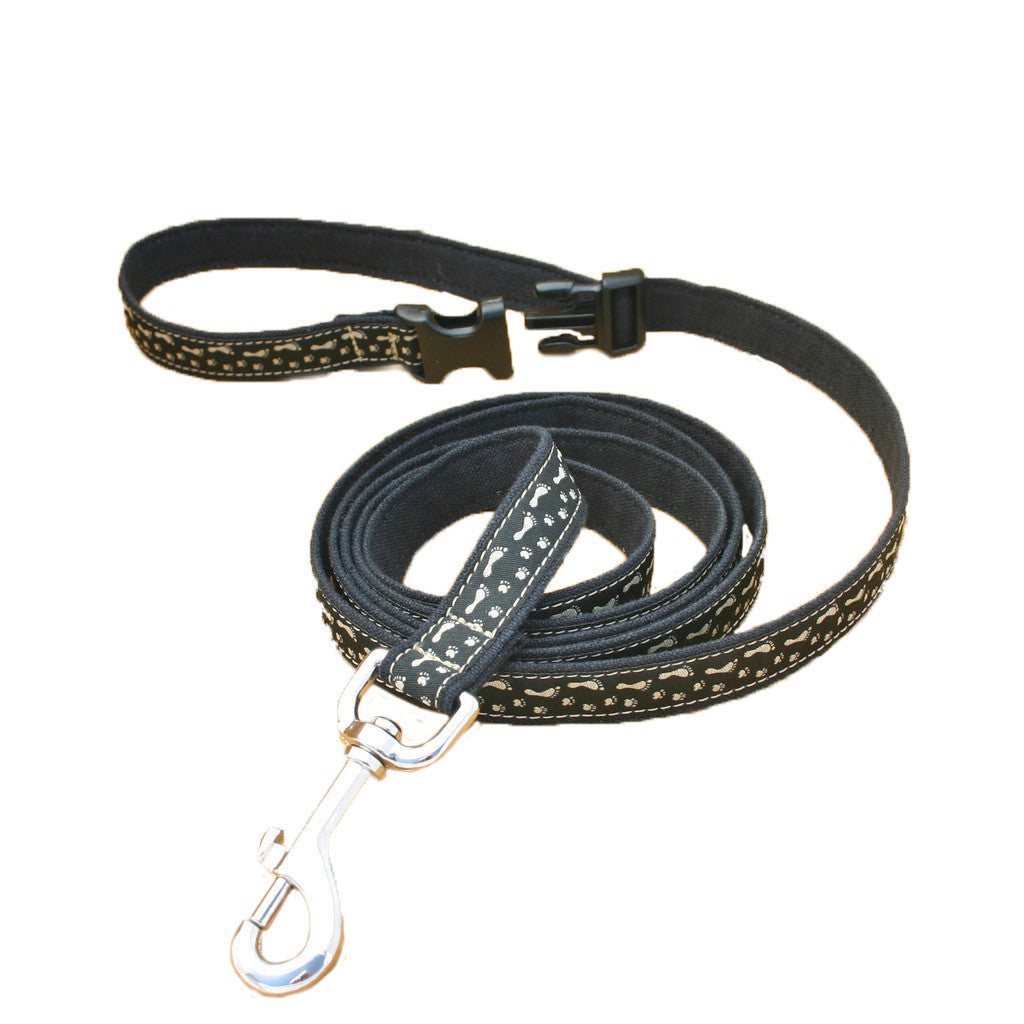
Seeking Professional Guidance
Consult with a Certified Trainer
If leash reactivity persists despite your best efforts, seek guidance from a certified dog trainer or behaviorist experienced in working with reactive dogs. A professional trainer can assess your dog’s behavior, develop a customized behavior modification plan, and provide guidance on effective training techniques. They can also offer support and guidance to address underlying issues contributing to leash reactivity, such as fear, anxiety, or past trauma.
Consider Behavior Modification Programs
Enroll your dog in a structured behavior modification program specifically tailored to address leash reactivity. These programs typically involve systematic desensitization and counterconditioning exercises conducted under the guidance of a qualified trainer or behaviorist. Through gradual exposure to triggering stimuli and positive reinforcement, dogs learn to adopt more appropriate and controlled responses during walks.
Building Confidence Through Gradual Exposure
Desensitization Exercises
Gradual exposure to triggering stimuli is key to helping leash-reactive dogs build confidence and reduce reactive behaviors. Begin desensitization exercises in controlled environments, gradually exposing your dog to mild versions of their triggers from a distance. As your dog remains calm and relaxed, gradually decrease the distance between them and the trigger, rewarding calm behavior at each step. Over time, your dog learns to associate triggers with positive experiences, leading to decreased reactivity.
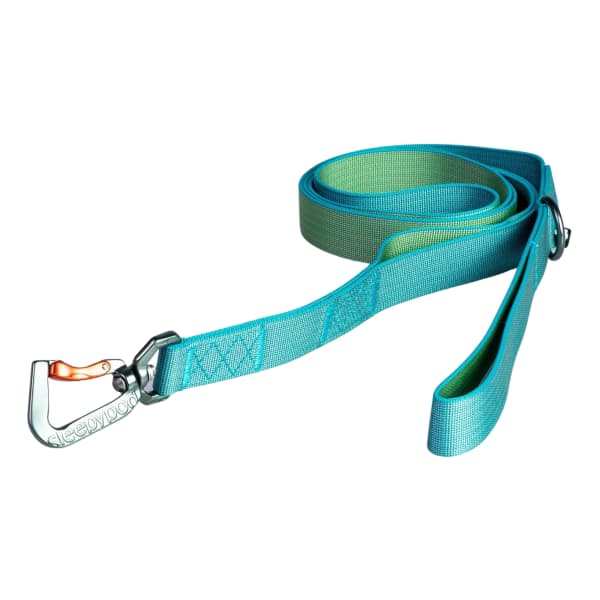
Controlled Meetings
Arrange controlled meetings with friendly, well-behaved dogs or people in a controlled environment to help your dog overcome fear or anxiety. Start with brief, supervised interactions at a distance, gradually decreasing the distance as your dog becomes more comfortable. Use treats, praise, and toys to reinforce positive interactions and encourage socialization. Controlled meetings provide valuable opportunities for your dog to build confidence and learn appropriate social skills.
Consistency and Patience
Establishing Routine
Consistency is essential when working with leash-reactive dogs, as they thrive on predictability and structure. Establish a consistent walking routine, including regular walks at the same time and location each day. Consistent routines provide a sense of security and stability for your dog, reducing anxiety and reactivity during walks. Stick to established training protocols and behavior modification techniques, reinforcing positive behaviors consistently to maintain progress.
Practice Patience
Patience is paramount when dealing with leash-reactive dogs, as behavior modification takes time and persistence. Understand that progress may be gradual, and setbacks are a natural part of the process. Avoid punishing or scolding your dog for reactive behaviors, as this can exacerbate fear or anxiety and undermine trust. Instead, remain calm and patient, providing reassurance and encouragement as your dog learns to cope with their triggers.
Conclusion
Dealing with leash-reactive dogs can be challenging, but with patience, consistency, and the right strategies, you can enjoy safe and enjoyable walks with your furry friend. By understanding your dog’s triggers, implementing positive reinforcement and behavior modification techniques, and utilizing effective management strategies, you can help your dog overcome leash reactivity and become a confident and well-behaved companion. Remember to prioritize safety at all times and seek professional guidance if needed to ensure the success of your training efforts. With dedication and perseverance, you and your leash-reactive dog can navigate the world together with confidence and ease.










